mostly-history
8K posts
Don't wanna be here? Send us removal request.
Photo

Japanese, German and Italian children meet in Tokyo to celebrate the signing of the Tripartite Alliance (December 17th, 1940). Japanese education minister Hashida Kunihiko [centre, holding crossed flags] and Mayor of Tokyo Okubo Tomejiro were among the sponsors.
#history#military history#politics#education#ww2#tripartite alliance#japan#germany#nazi germany#italy#tokyo#hashida kunihiko#okubo tomejiro
1 note
·
View note
Photo

The Cunard White Star liner RMS Lancastria sinking on August 3rd, 1940.
The RMS Lancastria was evacuating British troops and British nationals from France, with perhaps 4,000 – 9,000 passengers on board. Shortly after leaving the coast, it was bombed by a Junkers Ju 88, and sank within 20 minutes. 2,477 people were rescued, but an estimated 4,000 others died – from bomb blasts, strafing, drowning, or choking in the oil-polluted water. This photo was taken from one of the rescue boats as the liner heeled over. People are swarming down the ship's sides to swim to the rescue ships, and many are bobbing in the water, their heads visible.
#history#military history#naval history#ww2#britain#france#germany#nazi germany#saint-nazaire#royal navy#cunard line#luftwaffe#rms lancastria#junkers ju 88
2 notes
·
View notes
Photo

Map of Russian Turkestan (1871). Compiled under the Asian side of the General Staff Headquarters of the Army Corps of Military Surveyors.
7 notes
·
View notes
Photo

French colonial forces move out of Haiphong, in the Tonkin region of French Indochina, as Japanese occupation troops take over the port and city under the terms of the Franco-Japanese agreement, whereby Vichy France granted military access to Japanese forces (September 26th, 1940).
#history#military history#colonialism#equestrianism#animals#ww2#pacific campaign#japanese invasion of indochina#france#horses#french indochina#vietnam#japan#tonkin#haiphong#vichy france
7 notes
·
View notes
Photo

Sarychev Peak in the early stages of eruption in the Kuril Islands (Russia, June 12th, 2009). Photo taken from the International Space Station.
Sarychev Peak is located on the north-western end of Matua, an uninhabited volcanic island near the centre of the Kuril Islands chain north-east of Japan. The eruption sent a plume of brown-coloured ash and white steam rising into the atmosphere, and the plume was so intense that it cast a large shadow on the island.
Sarychev is one of the most active volcanoes in the Kuril Islands. Before June 2009, its most explosive eruption was in 1989; its eruptions in 1986, 1976, 1954 and 1946 also produced lava flows.
4 notes
·
View notes
Photo

A Chinese waterboy continues working after four days and nights of aerial bombardment from the Japanese (Chongqing, China, August 10th, 1940).
4 notes
·
View notes
Photo





POW exchange during and after the Korean War (1953):
RAAF Nursing Sister Pam Leahy with one of the first group of POWs to be exchanged (April 21st, 1953).
Commandant Robinson of the Australian Red Cross greets one of a group of recently exchanged POWs on their arrival in Japan from Korea (August 6th, 1953). In the background is RAAF Nursing Sister Helen Blair, who accompanied the group on their flight.
Helen Blair tends to one of the second group of POWs to be exchanged following the signing of the ceasefire (August 6th, 1953). They are flying from Korea to Japan.
Senior RAAF Nursing Sister Helen Cleary [right] and Sister Pam Leahy [left] see to the comfort of a recently exchanged POW in the RAAF hospital at Iwakuni (Japan, August 6th, 1953).
Flight Lieutenant John “Butch” Hannan chats with Helen Blair during the flight from Korea to Japan (September 2nd, 1953). Pilot Officer Vance Drummond passes the time reading.
#history#military history#medical history#nursing#cold war#korean war#korea#australia#japan#iwakuni#pam leahy#helen blair#john hannan#vance drummond#raaf#pows
14 notes
·
View notes
Photo







The Makings of a Modern Newspaper: The production of the Daily Mail in wartime London (1944):
Mr. Taylor, the Copytaster [centre background], reads through “copy” (stories) that are given to him and decides on whether or not they are suitable. He then hands them on to the chief sub-editor, suggesting a particular treatment of the topic. This scene is in sub-editor's room, and the time is 7:20pm.
Once a story has been prepared by the sub-editors, it is blown through a tube to the copy desk in the composing room. Here in the composing room, men are working on the linotype machines, setting the copy that has been passed to them by the copy desk.
Editors at work at the “top table” in the sub-editor's room. Assistant editor S. W. G. Horniblow sits at the far end. According to the original caption, “the sub-editors prepare copy for the compositors, cut it to fit the spaces available, check it for inaccuracies, grammar etc., and if necessary rewrite it. They are the mainstay of a sound newspaper, require a wide knowledge of affairs, an adept mind capable of instant decisions, and long experience of newspaper practice.”
A newspaper man inserts a photograph into a cylinder in the London offices of the Daily Mail. It is unclear whether this is part of the copying process, or if the cylinder will be sent down the tubes to the copy room, or another area of the building.
The Daily Mail is printed in Manchester as well as in London, to make delivery quicker. Men work in the Manchester wire room of the London offices, sending stories to Manchester by wire for duplication in their edition of the paper.
Daily Mail photographer Frank Rust displays some of the cameras he uses for his work. They range from a 35mm Contax to a specially-built camera with a 60'' telephoto lens.
A sketch of the proposed front page for Friday, 26th May 1944, and the final printed front page beside it.
#history#military history#journalism#photography#ww2#britain#england#london#manchester#stanley horniblow#frank rust#daily mail
2 notes
·
View notes
Photo
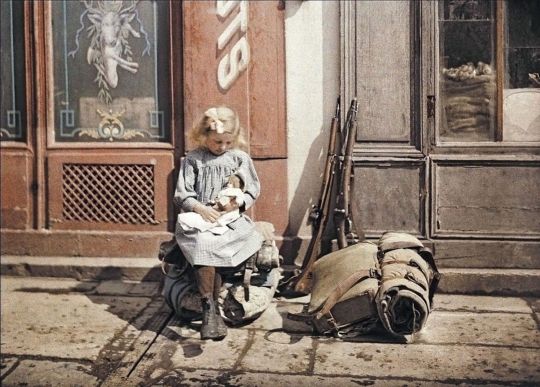
A little girl playing with her doll in Reims (France, 1917).
261 notes
·
View notes
Photo
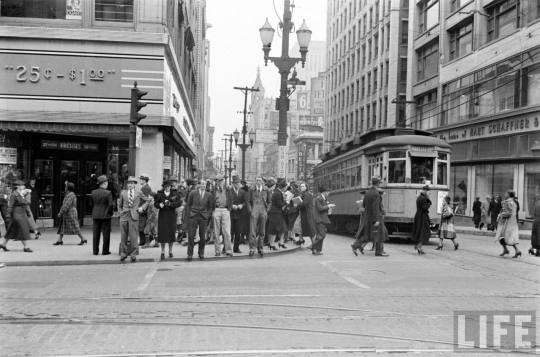
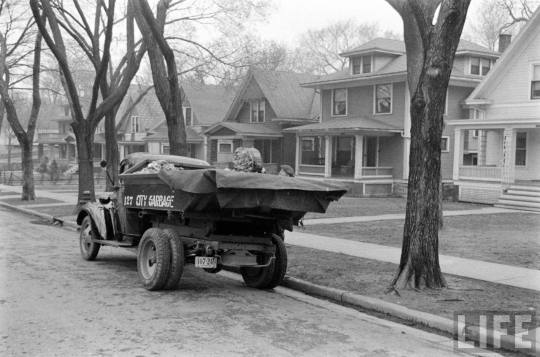
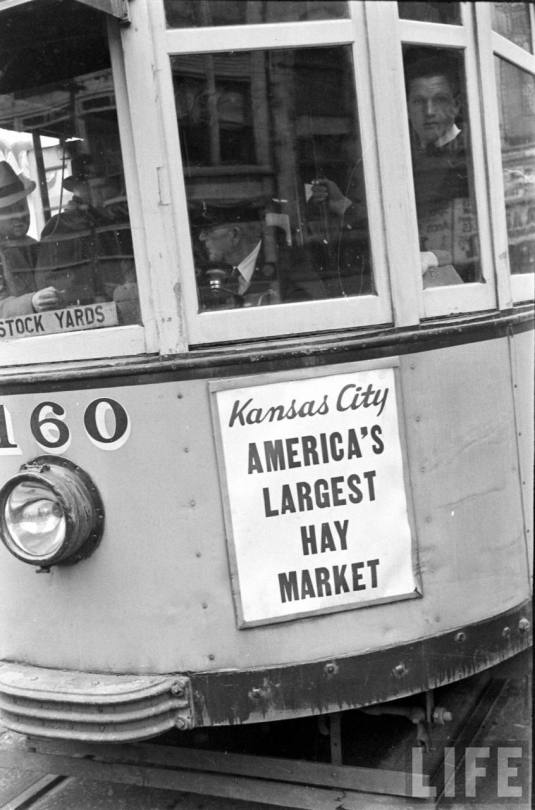





Kansas City (Missouri, 1938).
69 notes
·
View notes
Photo
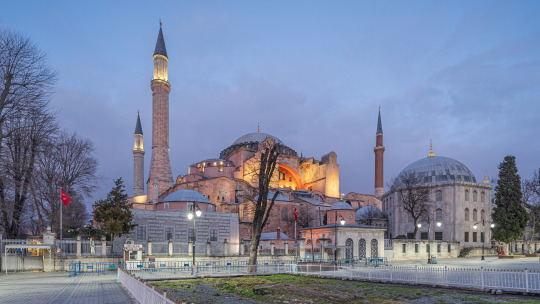
The Hagia Sophia in Istanbul (February 2020).
59 notes
·
View notes
Photo

Ruins of the ziggurat at the ancient Sumerian city of Kish.
This ziggurat was probably built by Nebuchadnezzar II, the most powerful monarch of the Neo-Babylonian Empire (500s BC). It is located in the modern-day Babil Governorate of Iraq.
#history#architecture#babylonian architecture#mesopotamia#sumer#neo-babylonian empire#kish#iraq#babil governorate#nebuchadnezzar ii#ziggurats#babylonian ziggurats
261 notes
·
View notes
Photo
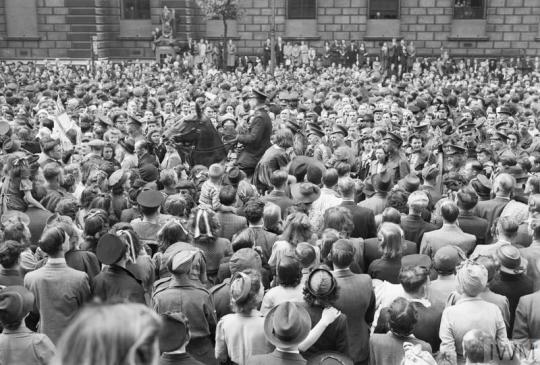


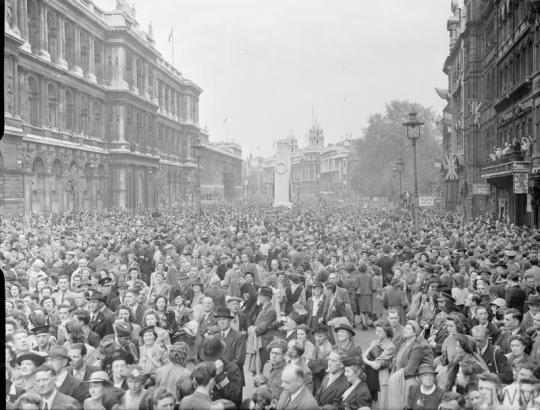
VE Day Celebrations in London (May 8th, 1945):
A mounted policeman tries to clear a path for traffic. Crowds of people have gathered in Whitehall to hear Churchill's speech, including Grenadier Guards, members of the Home Guard, and civilians. In the background is a soldier on top of a bus stop.
A young man holds a Union Flag aloft. To the left of the photo, the back of a bus packed with people can be seen.
A number 3 double-decker bus slowly pushes its way through the huge crowds. Behind the bus, people line the balconies along the street.
Photograph of the crowd taken from the Parliament Square end of Whitehall, looking past the Cenotaph towards Trafalgar Square.
#history#military history#politics#transport#ww2#home front#ve day#britain#england#london#whitehall#cenotaph#grenadier guards#home guard#winston churchill#buses
48 notes
·
View notes
Photo

People wait in line to get flu masks on Montgomery Street (San Francisco, 1918).
70 notes
·
View notes
Photo
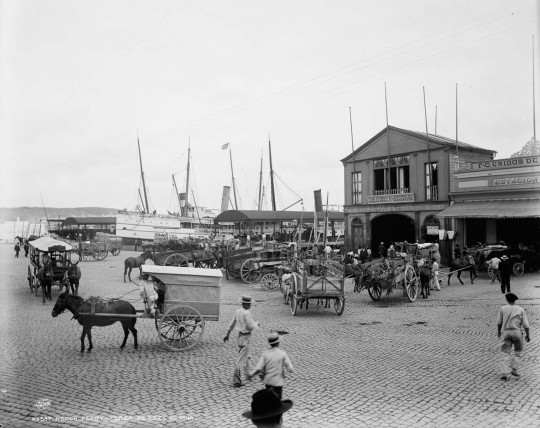
Plaza de Luz (Havana, 1900).
41 notes
·
View notes
Photo

Potala Palace in Lhasa (Tibet, 1939).
66 notes
·
View notes
Photo
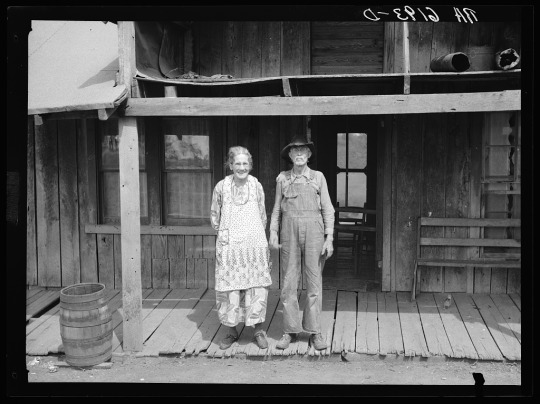
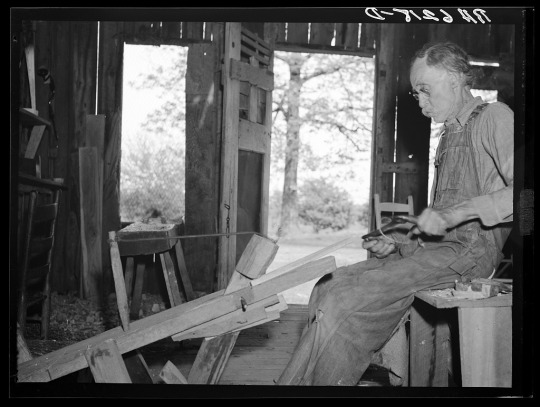
William Stamper (82 years old) and his wife, who have lived in the Ozarks for fifty years (Missouri, May 1936). In the second photo, he is shaving oak sticks for chair braces in his workshop.
20 notes
·
View notes